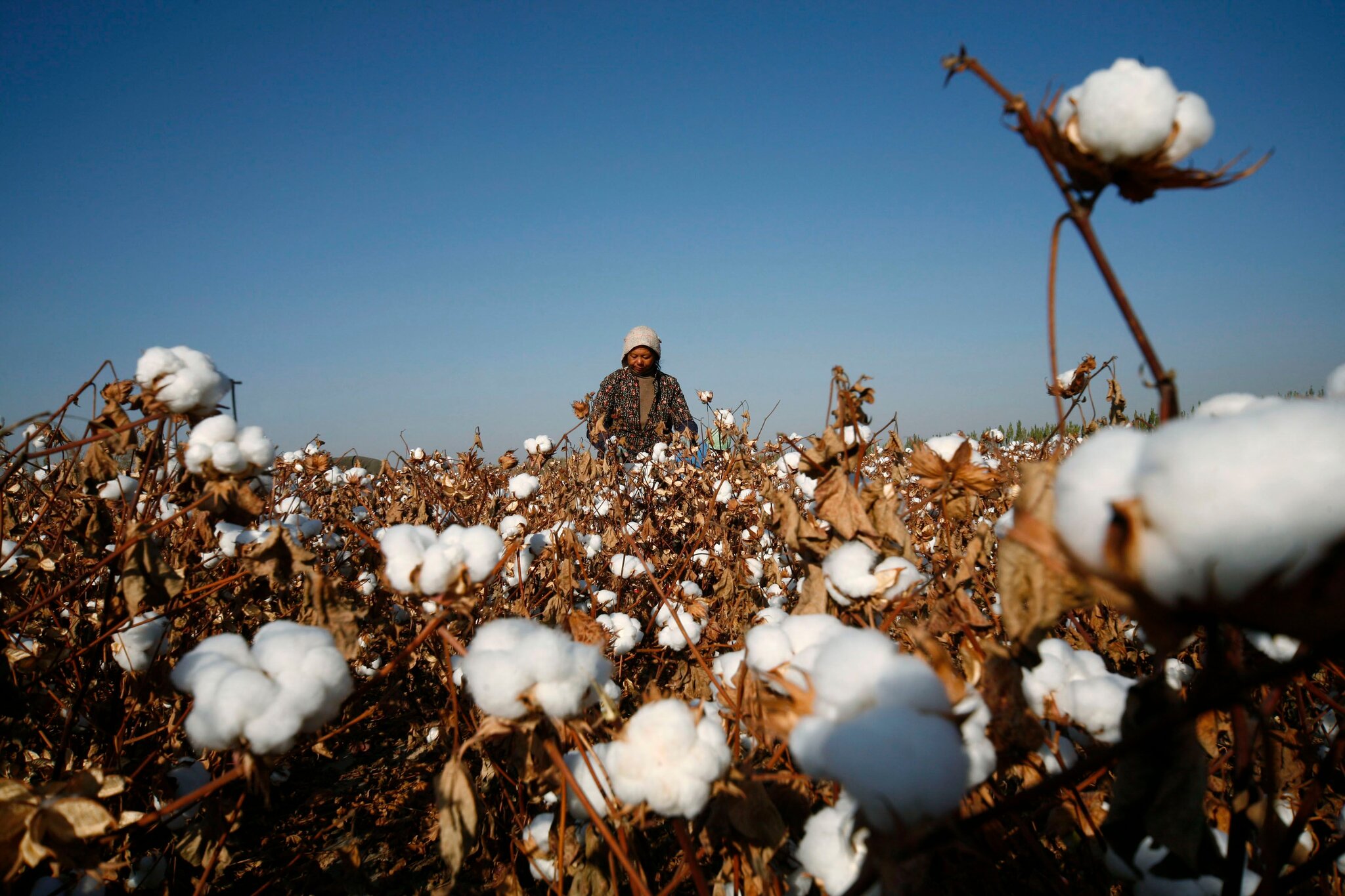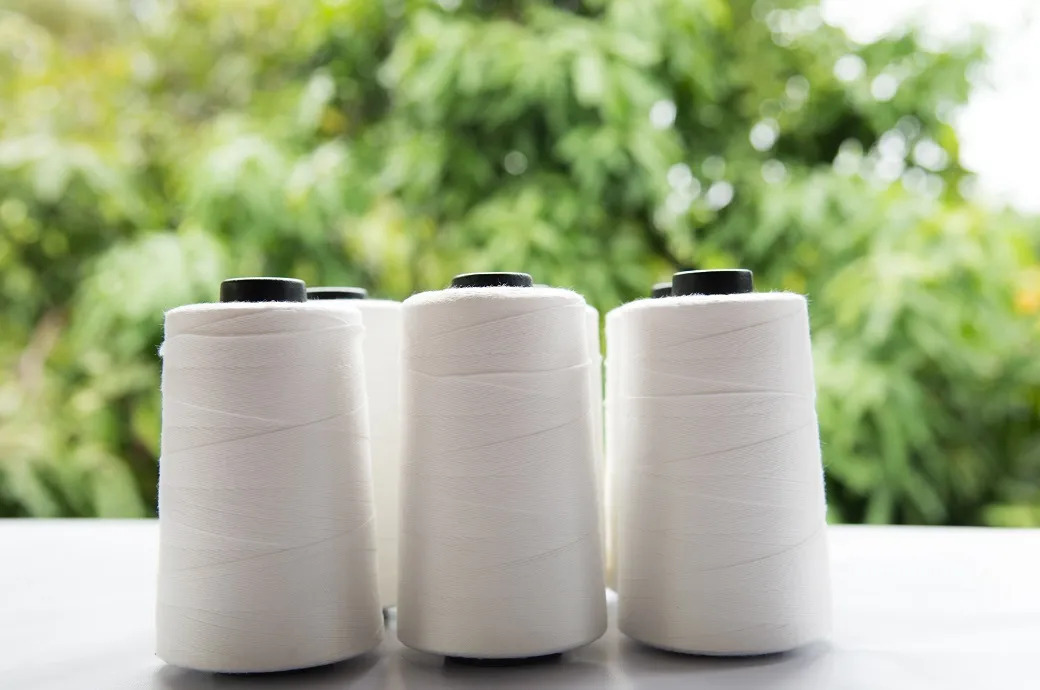
In the fast-paced, ever-evolving world of fashion, apparel, and textiles, efficiency and agility are paramount. The Theory of Constraints (TOC), a transformative management philosophy, offers a focused approach to identifying and eliminating critical chokepoints, leading to enhanced throughput, reduced lead times, and a more agile response to market demands. A look at the core principles of TOC, its evolution, and its applications in the fashion and textile industry, illustrated through real-world case studies and compelling data.
The Theory of Constraints, developed by Dr Eliyahu M. Goldratt in the early 1980s and first introduced in his seminal business novel, The Goal, puts forward a simple yet profound idea: every complex system, including a manufacturing plant or a supply chain, has at least one constraint (or very few) that limits its ability to achieve more of its goal. For most businesses, the ultimate goal is to make more money, now and in the future. TOC provides a structured methodology to systematically improve that constraint until it is no longer the limiting factor, thereby increasing the system's overall performance.
At its core, TOC is about focus. Instead of diluting improvement efforts across an entire organization, it directs attention and resources to the part of the system that is holding back progress – the weakest link in the chain
Understanding the Theory of Constraints (TOC)
Theory of Constraints (TOC) is a systematic approach to identify and address the biggest limiting factor in a system, with the goal of enhancing overall performance and profitability.
Defining the goal
At the heart of TOC lies a fundamental question: What is the goal? For most for-profit organizations, including fashion brands and manufacturers, the ultimate goal is sustainable profit generation. TOC provides the lens to evaluate every decision, process, and investment based on how directly it contributes to achieving this goal. It drives organizations to focus their efforts not just on doing more, but on doing what matters most to achieve measurable outcomes.
The constrains
A constraint in TOC is anything that prevents a system from performing better relative to its goal. These constraints are not always visible and can take various forms:
• Physical constraints: These are tangible limitations such as machinery with low throughput, insufficient skilled labor, material shortages, or a particular process that consistently causes delays.
• Policy constraints: These are rules—formal or informal—that restrict performance. It could be outdated standard operating procedures, flawed scheduling systems, or business models that discourage flexibility.
• Market constraints: Even if a company can produce at scale, limited demand can act as a ceiling to growth.
• Paradigm constraints: These are mental models and ingrained beliefs that organizations or leaders hold onto, often without question. For example, resistance to adopting automation or fear of changing supplier relationships may hinder progress.
Understanding which type of constraint is present is essential for applying TOC effectively.
The five focusing steps
The cornerstone of TOC is its five-step process, known as the Five Focusing Steps. This cyclical method enables organizations to continuously identify and resolve constraints, allowing them to optimize performance and adapt over time.
1. Identify the system’s constraint(s)
The journey begins by pinpointing the weakest link—the bottleneck that limits the system’s overall output. Whether it's a specific process, resource, or market limitation, recognizing this constraint is key to driving meaningful change.
2. Exploit the constraint
Once the constraint is known, the next step is to get the most out of it with existing resources. This might mean ensuring the bottleneck operation is always supplied with the right inputs, never sits idle, and is focused on priority tasks.
3. Subordinate everything else
All other operations should align with the needs of the constraint. Non-bottleneck processes may need to reduce output or adjust their pace to avoid overwhelming the constraint with unnecessary inventory or work-in-progress (WIP).
4. Elevate the constraint
If the constraint still limits the system, it's time to consider investments—be it in new machinery, hiring more personnel, re-engineering a workflow, or even rethinking how the business operates. This step typically involves costs but is essential for unlocking growth.
5. Return to Step 1, avoiding inertia
Once the current constraint is resolved, another part of the system will likely emerge as the new bottleneck. The process starts again, reinforcing TOC as a tool for continuous improvement. A crucial warning here is to avoid inertia—the tendency to rest after progress, which itself becomes a constraint. Vigilance and adaptability are key.
Weaving TOC into fashion’s fabric
For fashion businesses—whether a manufacturing unit facing production bottlenecks or a brand navigating slow demand—TOC offers a powerful way to align resources, drive operational clarity, and ensure every action contributes to sustainable profitability. In an industry marked by rapid change, complex supply chains, and evolving consumer preferences, TOC equips leaders with a mindset of ongoing refinement, always focused on what’s holding us back—and what can we do next to move forward.
Objectives of TOC in the fashion apparel and textile sector include:
• Increase throughput: Maximize sales and production output.
• Reduce lead times: Drastically cut the time from design to retail.
• Improve on-time delivery performance (OTDP): Reliably meet customer and retailer deadlines.
• Minimize work-in-process (WIP) and finished goods inventory: Align production with actual demand to reduce tied-up capital and obsolescence risk.
• Reduce Operational Expenses: Achieve cost efficiencies as a byproduct of improved flow and reduced waste.
• Enhance Flexibility and Responsiveness: Quickly adapt to changing market trends.
The impact
Implementing TOC can lead to a paradigm shift from a "cost-world" perspective (focusing on local efficiencies and cost per unit) to a "throughput-world" perspective (focusing on system-wide flow and generating more sales). This is particularly relevant for fashion companies struggling to balance cost pressures with the need for agility. The quantitative impacts across the industry can be substantial:
|
Metric |
Before TOC Principles (Illustrative) |
After Implementing TOC-aligned Principles |
|
Design to Shelf Lead Time |
~6 months |
As low as 15 days |
|
Inventory Turnover Ratio |
~4x/year |
~12x/year |
|
Lost Sales Due to Stockouts |
~18% |
~7% |
TOC stitching success in the industry
The practical application of TOC principles has yielded significant results for various players in the fashion, apparel, and textile sectors.
Zara (Inditex): The global fast-fashion giant has famously implemented TOC principles to optimize its highly responsive supply chain. A key constraint identified was the design-to-retail cycle time. By subordinating production and logistics to a streamlined design process and elevating response times, Zara has turned this potential constraint into a formidable competitive advantage.
|
Metric |
Before TOC Principles (Illustrative) |
After Implementing TOC-aligned Principles |
|
Design to Shelf Lead Time |
~6 months |
As low as 15 days |
|
Inventory Turnover Ratio |
~4x/year |
~12x/year |
|
Lost Sales Due to Stockouts |
~18% |
~7% |
While Zara's model is a complex blend of strategies, its rapid replenishment and demand-chasing capabilities align strongly with TOC's emphasis on identifying and exploiting constraints to improve flow and throughput.
Indian textile manufacturer: An Indian textile mill producing dyed fabrics faced significant delays in its dyeing and finishing processes, which were identified as critical bottlenecks. Implementing TOC involved a focused effort to improve scheduling and maintenance for these constraint areas.
|
Production KPI |
Before TOC Implementation |
After TOC Implementation |
|
Order Fulfillment Time |
25 days |
14 days |
|
Machine Downtime (Constraint Area) |
22% |
8% |
|
Throughput (meters/day) |
12,000 |
20,000 |
The targeted improvements in exploiting and elevating the dyeing and finishing constraints led to an increase in throughput, faster order fulfillment, and enhanced customer satisfaction.
Challenges in implementation
Despite its proven benefits, implementing TOC is not without its hurdles. Common challenges include:
• Identifying the true constraint: It can sometimes be hidden or misidentified, especially if it’s a policy or paradigm.
• Resistance to change: Shifting mindsets from local efficiencies (e.g., keeping all machines busy) to system-wide optimization (e.g., non-constraints being paced by the constraint) can be culturally difficult.
• Data collection and analysis: Accurately measuring throughput, inventory, and operating expense, and tracking constraint performance requires robust data systems and analytical capabilities.
• Management commitment: Sustained focus, understanding, and unwavering support from top management are crucial for navigating the changes TOC entails.
• Overcoming inertia: Once an initial constraint is broken, the system can easily fall back into old habits if the continuous improvement cycle (Step 5) is not diligently pursued.
The future stitch
In an industry as dynamic and demanding as fashion, apparel, and textiles, the ability to quickly adapt, reduce waste, and improve flow is paramount. The Theory of Constraints offers a logical, focused, and high-impact methodology to achieve these goals. By relentlessly identifying and addressing the weakest links in their value chains, FAT companies can significantly enhance their competitiveness, profitability, and responsiveness.
As consumer expectations continue to evolve towards greater speed, personalization, and sustainability, TOC stands as a powerful ally. Its principles of optimizing resource use, minimizing unnecessary inventory, and improving overall system efficiency align well with the broader goals of a more responsible and resilient fashion future, enabling companies to not just keep up with trends, but to set them with newfound operational agility.












